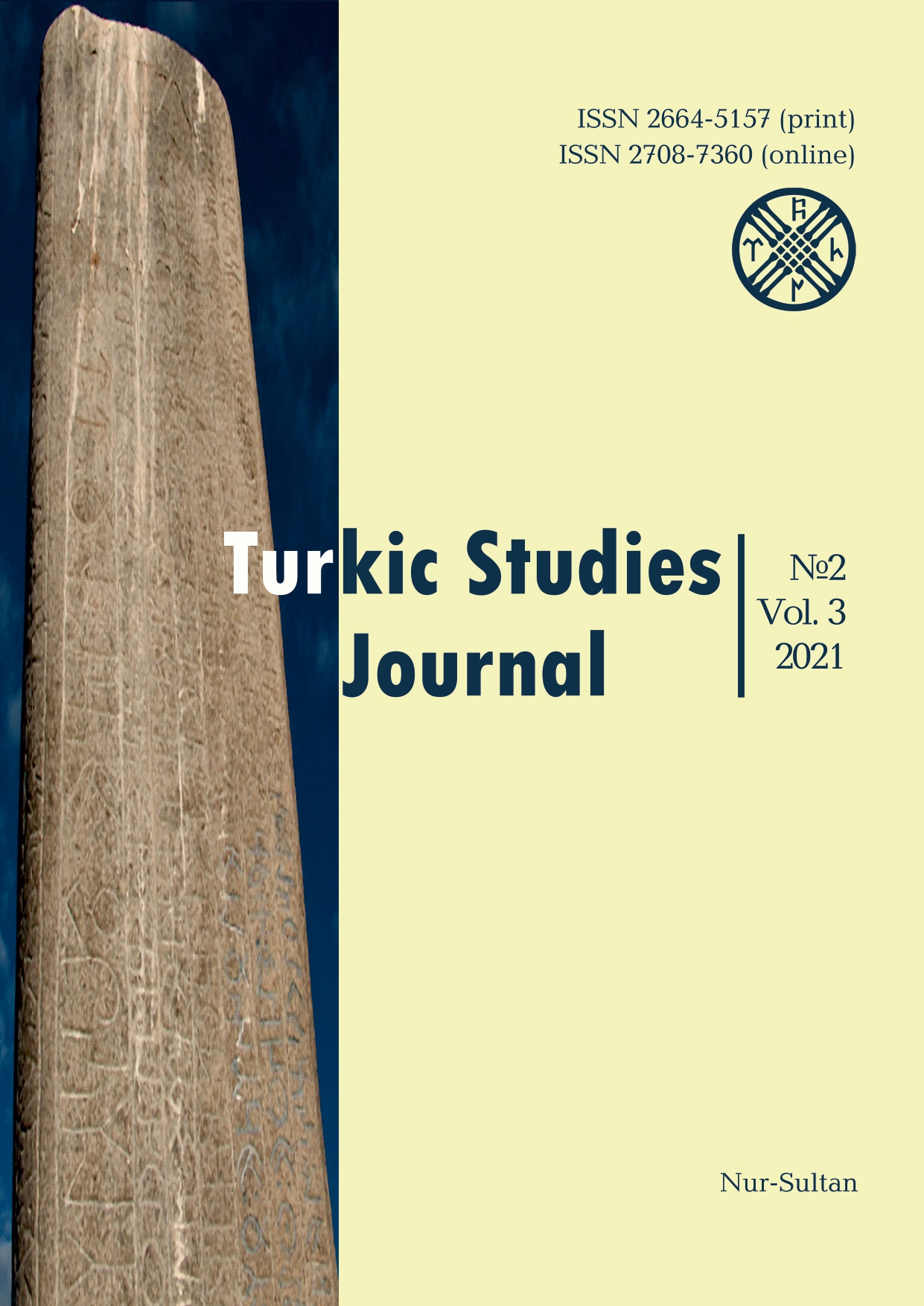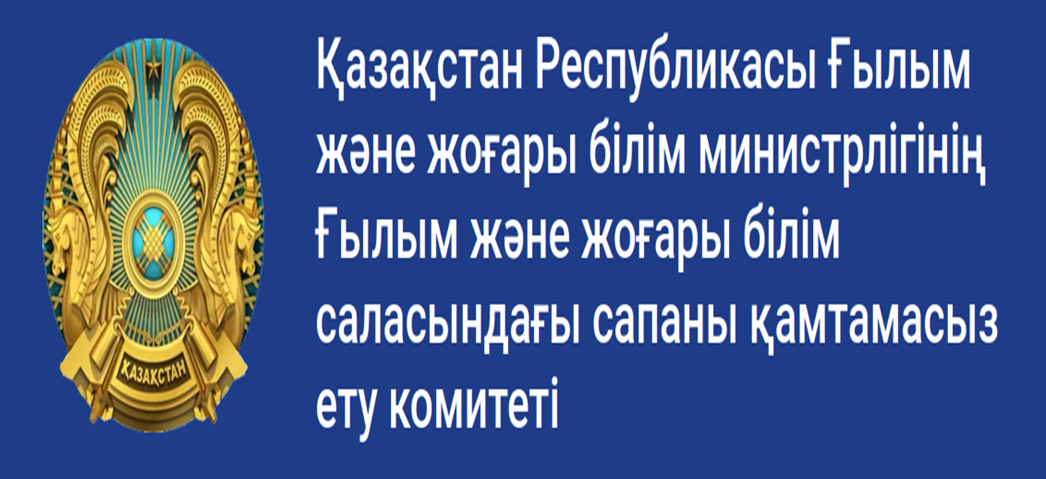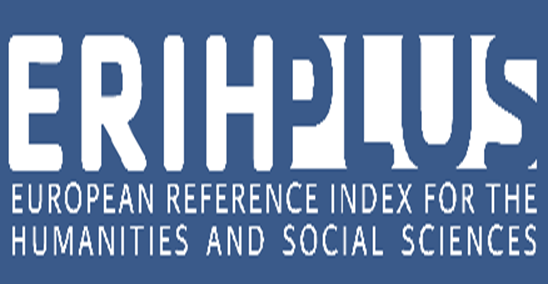Peculiarities of the semantics and functions of the Khakass form -galah in a sentence
Views: 156 / PDF downloads: 90
DOI:
https://doi.org/10.32523/2664-5157-2021-2-54-62Keywords:
tense, participle, function, semantics, verb, mood, particle, auxiliary word, syntaxAbstract
The article is devoted to the Khakass participle form – galah. It is one of the secondary
participle forms, which is found only among the speakers of the Turkic languages of Southern
Siberia. The relevance of the research theme is because this form is distinguished by its complex
structural organization. It includes no less complex functional and semantic features that were not
received the most serious analysis in earlier studies. In the scientific literature, there are different
points of view on its origin, which indicates the lack of scientific knowledge about this participle.
The purpose of the article is to analyze and systematize the main characteristics of this form in order
to identify specific meanings using materials of the Khakass language. In the course of the research,
a theoretical and analytical review of the studies on participle form ending in – galah was carried
out in other Turkic languages. Comparative and typological methods ensured the comparability of
the results and confirmed the evidence foundation based on the original examples of the Khakass
language. A comprehensive analysis of syntactic constructions with the participation of the participle
form on -galah revealed the features of its structural characteristics in the Khakass language. As a
result of the study, the components of the structural organization of the indicator on -galah, which
form the specifics of its semantics and affect the appearance of various functions have been clarified in the sentence. Information about the specifics of the semantics of this form is generalized and
systematized, which expresses the action located in the time interval between the past and the present.
Its main function is to state the absence of the result of the action at the time of speech, as well as to
express the speaker’s attitude to this fact.


























